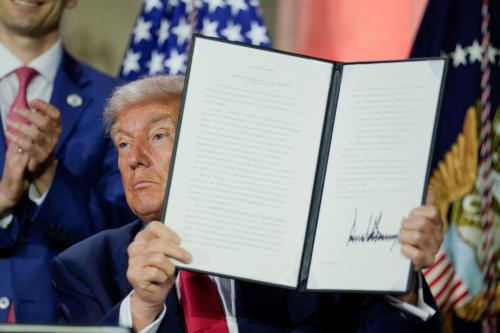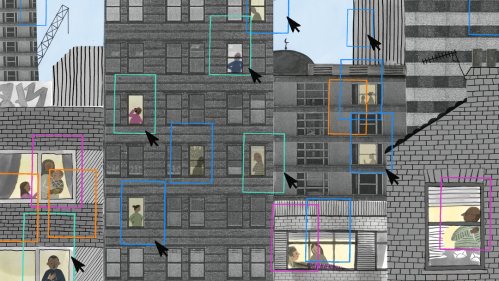The battle for broadband is far from over with a recent court ruling upholding net neutrality. Most importantly, the decision maintains that the internet is a public utility, as critical as phone service and power. This preserves the Federal Communications Commission’s (FCC) authority to heavily regulate Internet Service Providers (ISPs) and internet infrastructure to ensure everyone can enjoy equal access to this public utility.
However, these new rules fail to rectify existing inequalities between urban and rural communities. The FCC in 2015 redefined broadband as connections with 25 megabits per second (Mbps) download speeds and 4 Mbps upload speeds. This is more than six times the previous standard of 4 Mbps download, allowing for multiple simultaneous video streams. According to the FCC’s 2016 Broadband Progress Report, 10 percent of Americans lack access to broadband by this definition. This number, however, fails to illustrate the stark contrast between rural and urban access to broadband. Rural areas have significantly slower internet access, with 39 percent lacking access to broadband of 25/4 Mbps, compared to only 4 percent for urban areas. This rural/urban “digital divide” in access severely limits rural populations from taking advantage of a critical component of modern life.
While rural broadband access has improved with the help of the FCC, the digital divide remains too large to bring rural communities fully into the digital age. The internet has become a necessity in modern life for communication, information services, and work. The FCC has been responsible for universal service of telecommunications since its inception in 1934, creating equal access to communications like phone service. In 2007, the Joint Board of the FCC redefined the concept of universal service to include broadband. Coupled with the recent net neutrality decision, the FCC wields a powerful precedent to create equal access to broadband.
This discrepancy in access inhibits rural communities in often unforeseen ways. While their YouTube stream may not be the highest quality, rural communities may also be unable to efficiently provide internet access to students in public schools. The FCC in 2013 established a standard of 100 Kbps per student, and by 2015, 77 percent of school districts met this standard. However, rural schools lack access to high-speed fiber and pay more than twice as much for bandwidth. In a growing world of personalized online curricula, internet-based research, and online testing, this severely restricts rural students from educational opportunities their urban counterparts may enjoy.
Furthermore, rural communities may be unable to access critical government services. From Social Security to FAFSA, government services are transitioning to online access. Tax forms and services are being increasingly streamlined through online portals and tools, and with limited broadband speed, rural America may struggle to access these services.
The FCC has worked to enable ISPs in rural communities. Rural markets present a massive entry costs for ISPs due to low population densities. Companies often have to lay their own fiber or cable to provide internet access, requiring extensive infrastructural investment. This barrier to entry greatly inhibits competition and limits the ability of ISPs to provide adequate high-speed coverage. However, the FCC has worked to mitigate these initial costs. Through its Connect America Fund, the FCC subsidizes some of the initial costs of ISPs entering rural markets, helping to bridge the divide in broadband access.
To fulfill its role, the FCC must do more as a regulatory body to ensure equal access to this public utility. It has made efforts in recent years to expand the Connect America Fund, providing funding to create broadband access for over 7 million consumers over the next 6 years. However, the FCC must expand access alongside advances in technology rather than after the fact, satisfying increased demands for faster internet with infrastructure growth. Otherwise, rural communities will continue to play catch up with their urban counterparts and the U.S. will remain digitally divided.
Jacob Lineberry contributed to this post.
The Brookings Institution is committed to quality, independence, and impact.
We are supported by a diverse array of funders. In line with our values and policies, each Brookings publication represents the sole views of its author(s).




Commentary
Rural and urban America divided by broadband access
July 18, 2016